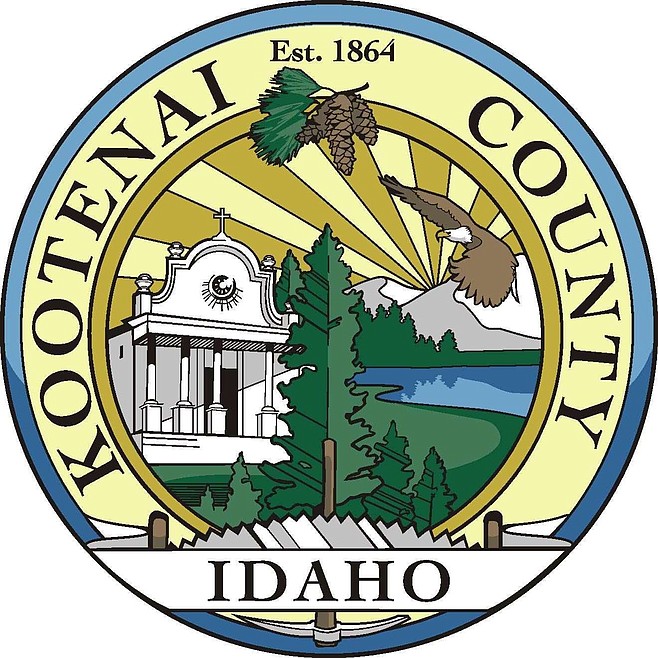Aquifer protection approved: Some say it doesn't go far enough to protect water supply
COEUR d’ALENE — Kootenai County commissioners approved an ordinance Thursday that aims to protect the county’s drinking water supply.
Commissioners Bill Brooks and Leslie Duncan voted to adopt the ordinance that restricts septic density over the Rathdrum Prairie Aquifer to one dwelling per 5 acres. Chris Fillios was not present for the meeting.
“I don’t think there’s any question that the mass majority of people are in favor of this,” Brooks said.
An aquifer is a natural underground geological formation where large quantities of ground water fill spaces between rocks and sediment.
The Rathdrum Prairie Aquifer covers an area of about 250 square miles in Idaho, extending from Lake Pend Oreille southward to Coeur d’Alene and Post Falls, then westward to the Idaho-Washington border. The aquifer is the sole source of drinking water for most of Kootenai County.
Increased numbers of septic systems over the aquifer can significantly deteriorate the aquifer’s water quality, if they are not adequately spaced, according to the Our Gem Coeur d’Alene Lake Collaborative.
The 5-acre septic density rule now embedded in the county’s code mirrors the rule adopted by Panhandle Health District in 1977, which was set to expire at the end of this year’s legislative session.
Commissioners enacted an emergency ordinance in May that maintained the same rule and voted to approve a permanent version of the ordinance this week.
Some local agencies are calling for the county to expand the aquifer’s boundaries and afford protections to more of the drinking water supply.
Among them is Greenferry Water and Sewer District in Post Falls, which provides water for around 1,300 people. The district’s well site is south of the Spokane River, just outside the boundaries of the aquifer, which were drawn in 1977.
“We feel very strongly that we’re drawing from the aquifer from those wells,” said Greenferry Water District Manager John Austin.
But the county is bound to use an aquifer map drawn in 1977, he said, which does not include the well site. That means the water source does not receive protection through the 5-acre septic density rule.
Austin asked commissioners Thursday to reexamine the boundaries.
“If indeed (the aquifer) includes our well site, we would appreciate any protections we could get for that source of water,” he told The Press.
Though doing so was outside the scope of Thursday’s meeting, Duncan and Brooks agreed that the county should work with other agencies to determine if the aquifer’s boundaries should expand.
“I want to make sure the best possible boundary information is used,” Duncan said.





